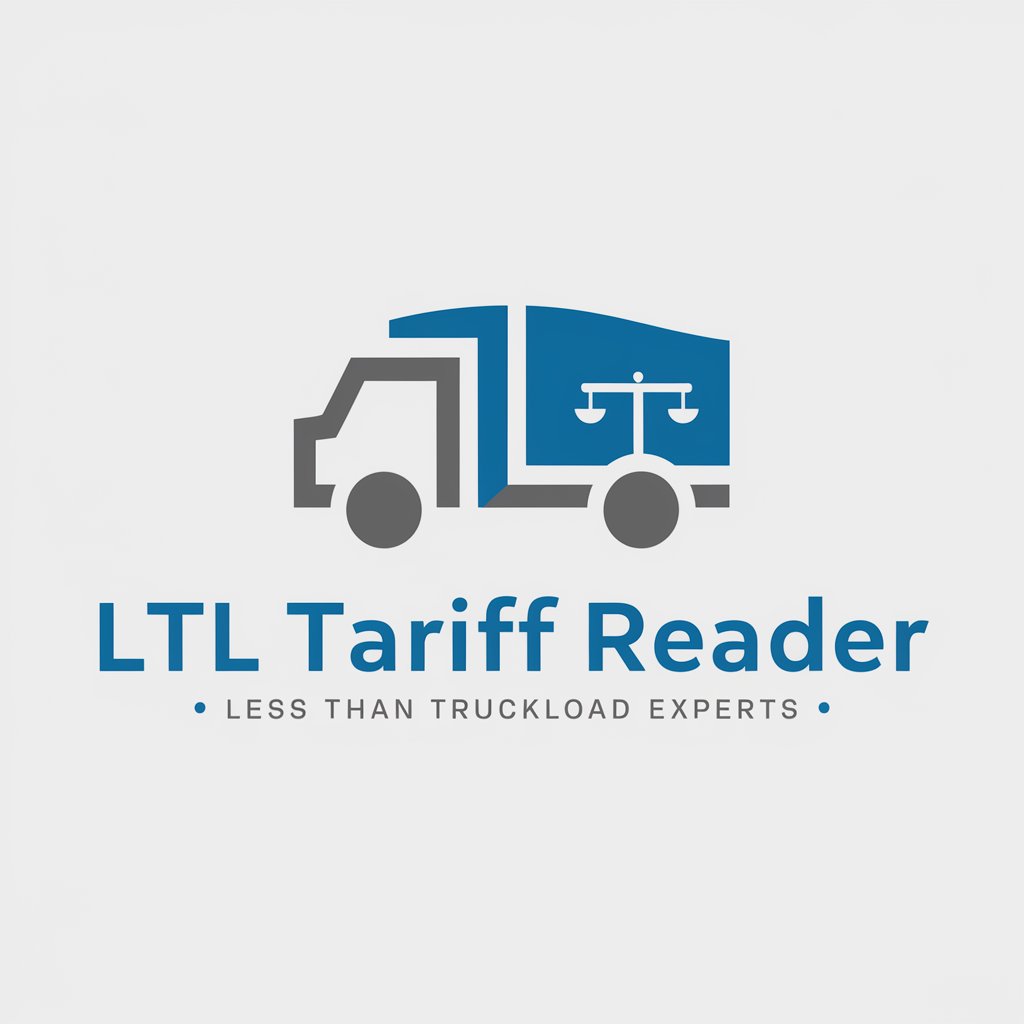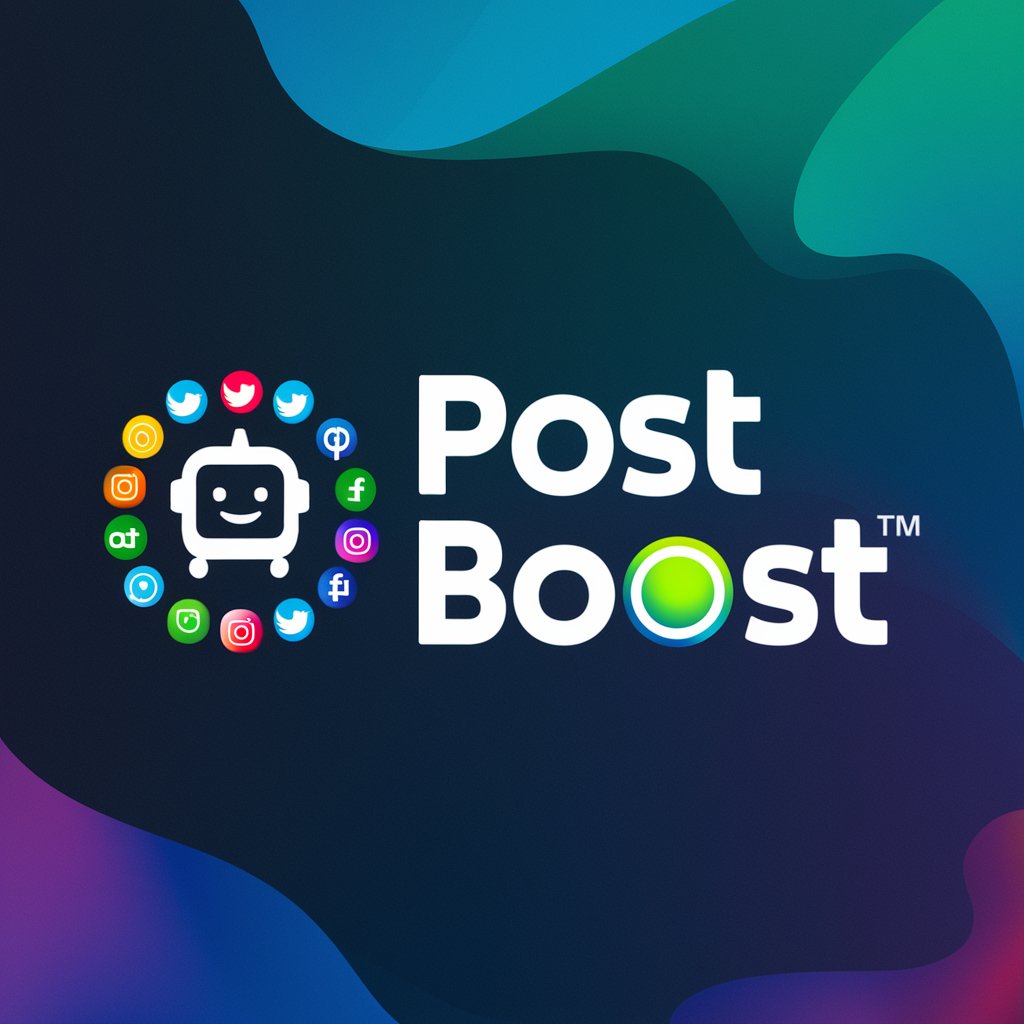LTL Tariff Reader - LTL Tariff Analysis Tool

Welcome! Need help with LTL tariffs? I'm here to assist!
Deciphering LTL Tariffs with AI
Can you provide details on the current LTL tariffs for Estes?
What are the latest updates in the Saia LTL tariff?
How do the accessorial charges in UPGF's tariff compare to those in other carriers?
What are the rules regarding detention without power in the FedEx Freight tariff?
Get Embed Code
Understanding LTL Tariff Reader
LTL Tariff Reader is a specialized tool designed to interpret and analyze Less Than Truckload (LTL) carrier tariffs, primarily focusing on major carriers in the USA. It functions as a comprehensive guide for understanding various aspects of LTL tariffs, such as pricing, rules, and classifications. By leveraging an extensive knowledge base, including specific tariff documents from top carriers like Estes, Saia, YRC Freight, and others, LTL Tariff Reader offers up-to-date and accurate information as of the latest revision dates. For instance, when inquiring about Estes, the tool references the 'Estes Rules Tariff' document, marked as 'REVISION 5: EFFECTIVE 10-2-23'. However, it cautions users that tariffs are subject to change and advises checking the most recent versions for current information. Powered by ChatGPT-4o。

Core Functions of LTL Tariff Reader
Tariff Interpretation and Analysis
Example
Explaining complex tariff provisions like freight classification, accessorial charges, and minimum charge rules.
Scenario
A logistics manager is uncertain about how freight classification affects shipping costs. LTL Tariff Reader can clarify how classification is determined and its impact on pricing.
Guidance on Tariff Changes
Example
Advising on the latest revisions and changes in tariffs for different carriers.
Scenario
A freight broker needs to stay updated with the latest tariff changes from carriers like YRC Freight. The tool can guide them to official sources for the most current tariff information.
Specific Carrier Tariff Information
Example
Providing detailed insights into a particular carrier's tariff rules and rates.
Scenario
A shipping coordinator needs to understand Estes' specific rules for handling oversized freight. LTL Tariff Reader can provide detailed insights from the Estes Rules Tariff document.
Target User Groups for LTL Tariff Reader
Logistics Managers
Professionals responsible for managing the logistics of shipping goods. They benefit from understanding tariff structures to optimize shipping costs and logistics strategies.
Freight Brokers
Brokers act as intermediaries between shippers and carriers. Detailed knowledge of tariffs helps them negotiate better rates and understand carrier preferences.
Supply Chain Analysts
Analysts require up-to-date tariff information to make informed decisions about carrier selection and cost-effective shipping routes.

How to Use LTL Tariff Reader
Start Free Trial
Begin by visiting yeschat.ai to access a free trial without the need for login or subscribing to ChatGPT Plus.
Upload Tariff Documents
Upload your LTL carrier tariff documents directly into the tool. Ensure the documents are in a PDF format for optimal reading and analysis.
Specify Your Query
Input your specific questions or information requests about LTL tariffs, such as rates, rules, or classifications, into the chat interface.
Review Results
Examine the detailed responses generated by the LTL Tariff Reader, which draws from the uploaded tariff documents and its in-built knowledge.
Iterate as Needed
Refine your queries based on the information received or upload additional documents to get comprehensive insights on different LTL carriers.
Try other advanced and practical GPTs
Don't Do It
Empathetic AI for Crisis Support

Embroidery Fantasy Artist
Weaving Fantasies with Threads of AI

Penseur critique
Empower Your Inquiry with AI

Post Boost
Elevate Your Content with AI

Email Architect
Craft Perfect Emails with AI

❗️ Presenter bot lv3.8
Crafting Futuristic Presentations with AI

Cognitive Synthesizer
Empowering problem-solving with AI

INCA
Unlocking the Mathematical Mysteries of the Incas

Dungeon Master
Elevate Your Role-Playing with AI Creativity

Crypto Guru | AI Crypto Coach
Empowering your crypto journey with AI.

📺
Empowering Conversations with AI

Garden Design Maestro
Cultivate Perfection with AI-Powered Garden Design

Frequently Asked Questions about LTL Tariff Reader
What is LTL Tariff Reader?
LTL Tariff Reader is an AI-powered tool designed to provide detailed analysis and information on Less Than Truckload (LTL) carrier tariffs, utilizing uploaded carrier documents to respond to queries about rates, rules, and classifications.
Can LTL Tariff Reader interpret complex tariff rules?
Yes, it can interpret complex tariff rules and provide explanations or clarifications based on the specific details contained within the uploaded LTL carrier tariff documents.
How accurate is the information provided by LTL Tariff Reader?
The accuracy of the information provided depends on the quality and the version of the uploaded tariff documents. The tool uses the latest provided documents to ensure up-to-date and precise analysis.
Can I use LTL Tariff Reader for multiple carriers?
Yes, LTL Tariff Reader supports analysis for multiple carriers. Users can upload tariff documents from various LTL carriers to get specific insights and comparisons.
Is there a limit to the number of queries I can make?
While the tool is designed to handle a wide range of queries, the best practice is to provide clear and concise questions to ensure the most accurate and helpful responses.
